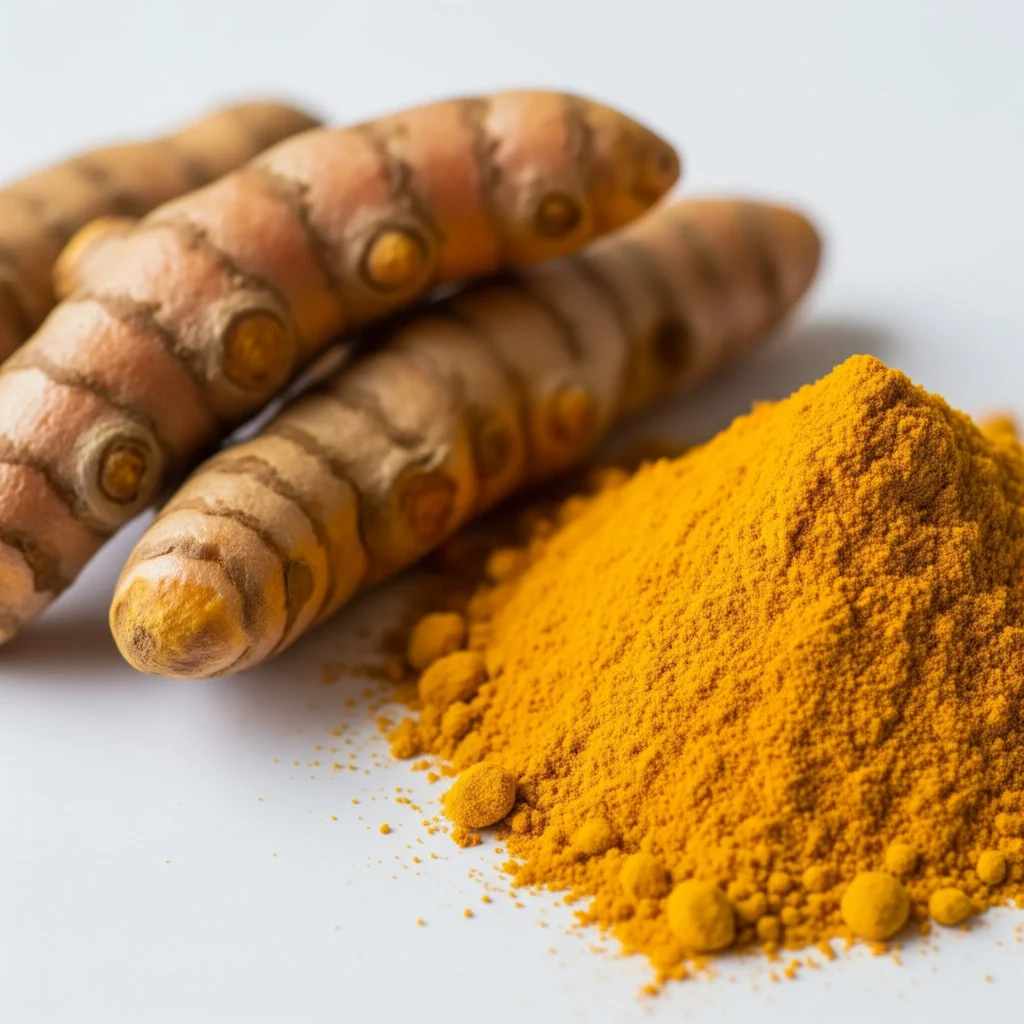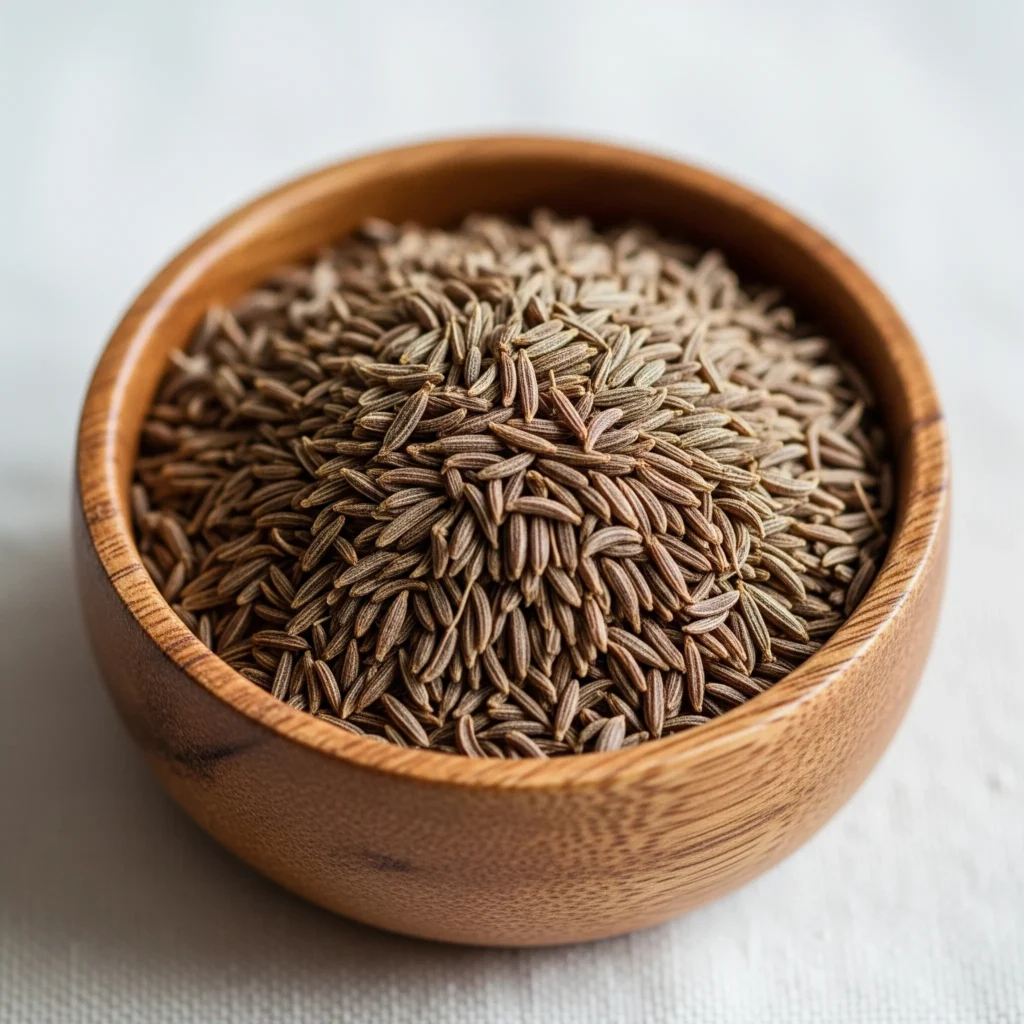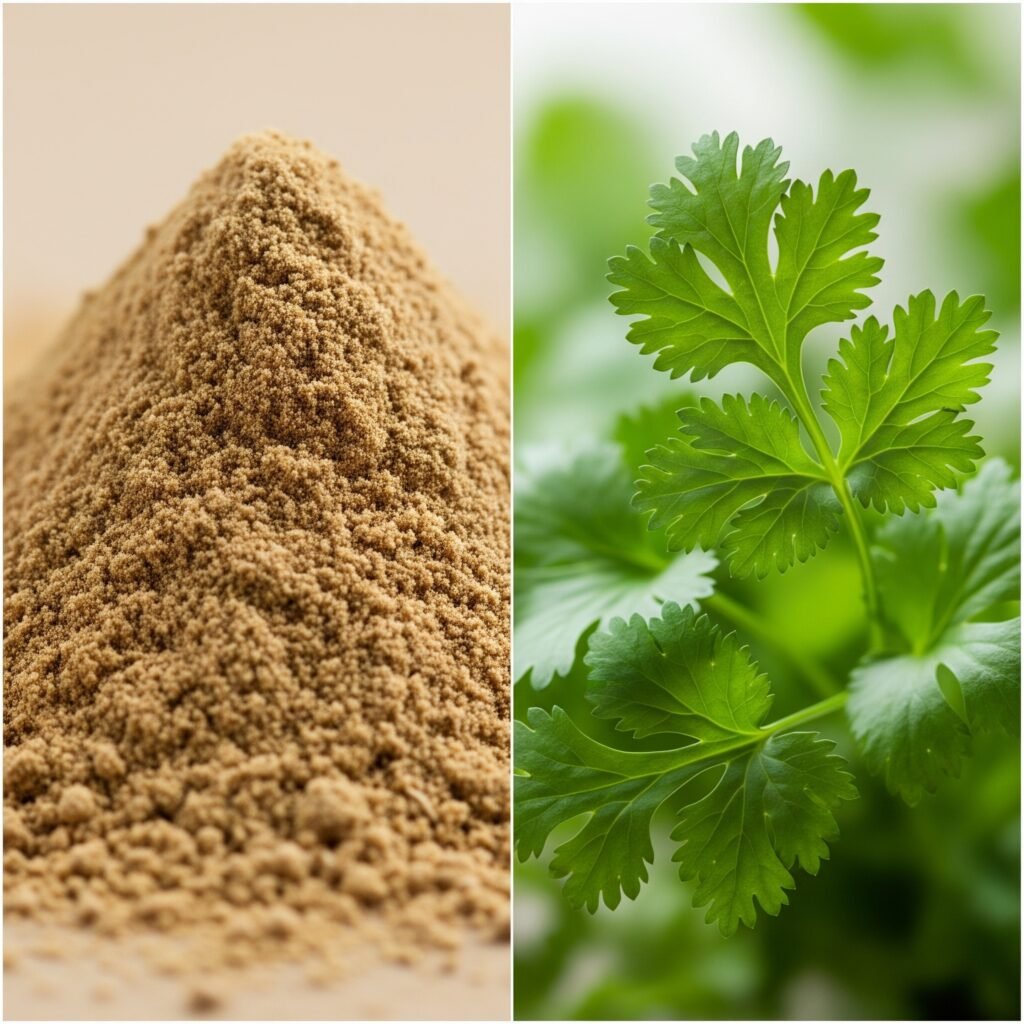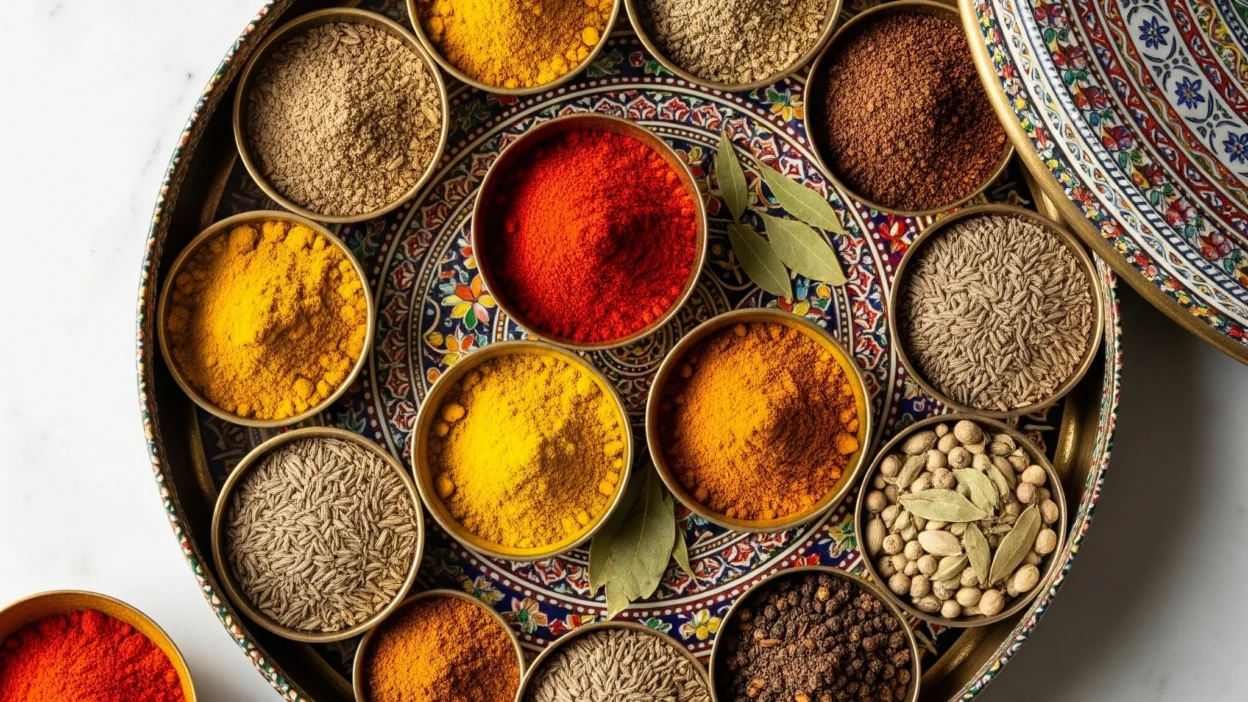Ever opened a recipe for an Indian curry and felt a little intimidated by the long list of spices? You’re not alone. The vibrant, complex, and aromatic world of Indian cuisine is built on these powerful ingredients. But they don’t have to be mysterious. This guide is your friendly starting point for understanding Indian spices, breaking down the most common players into simple, useful knowledge.
Think of this as your “spice dictionary.” We’ll move beyond just recipes to explore what each spice brings to the dish—its unique flavor, its primary job, and the story it tells. See how you can store masalas for more than 1 month.
Turmeric (Haldi): The Golden Spice
If there’s one spice that visually defines Indian cooking, it’s turmeric. This is what gives many curries their beautiful, golden-yellow hue. But it does more than just color the food.
- Flavor Profile: Turmeric has a warm, earthy, and slightly bitter taste. It’s not overpowering, but it provides a crucial background note for other spices to build upon.
- Common Use: Cooks add turmeric powder early in the cooking process, often with onions and garlic, to cook out its raw flavor. You will find it in everything from lentil dishes (daal) to vegetable stir-fries (sabzi) and marinades.
- Health Note: Turmeric contains curcumin, a compound celebrated for its anti-inflammatory properties. For more on this, you can explore the research on curcumin at the National Center for Complementary and Integrative Health.

Cumin (Jeera): The Earthy Foundation
Cumin is one of the most essential and distinct flavors in Indian cooking. Its smoky, nutty aroma is unmistakable and forms the backbone of countless savory dishes. A proper understanding of Indian spices is incomplete without knowing cumin.
- Flavor Profile: It’s intensely aromatic, earthy, and warm with a hint of citrus.
- Common Use: Cumin comes in two forms. Cooks often temper whole seeds in hot oil at the beginning of a dish to release their aromatic oils—a technique called tadka. Cumin powder, on the other hand, goes directly into sauces and marinades for a deeper, integrated flavor.

Coriander (Dhania): The Citrusy Brightener
Coriander is a versatile spice that offers two distinct flavors from one plant. This is a common point of confusion, but a key piece of knowledge for understanding Indian spices.
- Flavor Profile: Ground coriander seeds have a warm, sweet, and citrusy flavor, almost like a blend of sage and lemon. The fresh leaves, known as cilantro, are bright, herbal, and pungent.
- Common Use: Cooks use ground coriander as a thickening agent and flavor base in curries and spice rubs. In contrast, they use fresh cilantro as a garnish at the very end to add a burst of freshness that cuts through rich flavors.

Garam Masala: The Finishing Touch
Garam Masala is not a single spice. Instead, it is a quintessential blend of finishing spices. The name translates to “hot mixture,” but “hot” refers to the warming properties of the spices in Ayurvedic terms, not necessarily chili heat.
- Flavor Profile: Highly aromatic and complex. Blends vary by region and family but often include cinnamon, cloves, cardamom, black pepper, and cumin.
- Common Use: Unlike most other spice powders, cooks add garam masala at the very end of the cooking process. Sprinkling it on a dish just before serving allows its volatile aromas to remain potent and fragrant, giving the dish a final, complex flourish.
Beyond Spices: Essential Indian Herbs
While spices form the foundation, fresh herbs add another layer of flavor. Two of the most common are:
- Cilantro (Dhania Patta): As mentioned above, these are the fresh leaves of the coriander plant, used generously as a final garnish.
- Mint (Pudina): Known for its cool, refreshing taste. People use mint to make chutneys, flavor raitas (yogurt dips), and add a fresh note to rice dishes like biryani.
Your Spice Adventure Begins
Spices are the building blocks of flavor, and understanding Indian spices is the first step toward cooking with confidence. Start by getting to know one or two at a time. Smell them, taste a tiny bit, and notice how they transform as you cook them. Soon, you’ll be creating your own delicious masterpieces.




